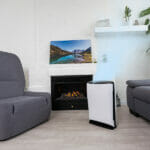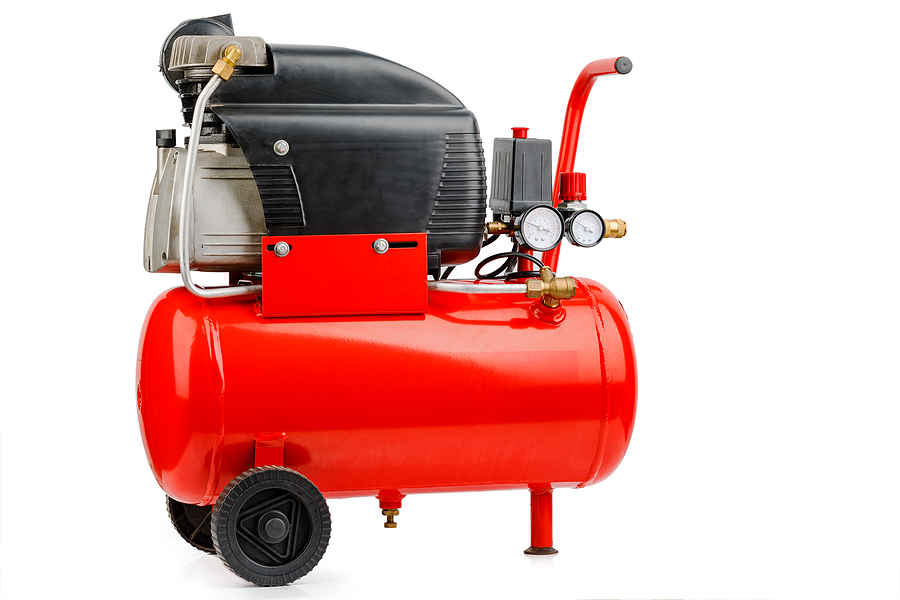By Michael Tobias
It doesn’t matter what size your home is or where it is located, energy-efficient buildings use less energy and conserve water so they are cheaper to run. Because the air quality is improved they are also healthier and improve the quality of life.
While it is relatively easy to ensure that new homes are energy-efficient, many people live in older homes that were built without regard to the vital importance of energy efficiency. This is why retrofitting residential buildings and houses has become so important in recent years.
So how do we increase the energy efficiency of our homes and reduce operating costs?
Energy Efficient Buildings
Retrofitting buildings can be a mammoth, and very expensive, operation, but even small changes can make our homes more energy-efficient. It might not seem like much, but even turning off lights and appliances when they are needed, turning the faucet off while you brush your teeth, or reducing the thermostat at night can all help to reduce harmful emissions.
One of the easiest ways to cut costs is to switch from old incandescent bulbs to light-emitting diodes (LEDs) or compact fluorescent light bulbs (CFLs), and it can save a substantial amount of money. If we all do it, the combined savings can be immense.
Another area where we can save handsomely is with appliances, which, we know use around 30% of the electricity generated in the home. Appliances don’t last forever, so take the opportunity to upgrade to those that not only reduce energy use but also work more efficiently. For instance, you will find the newer model refrigerators will keep your food fresh for longer, and newer air conditioning units are considerably quieter and they cool more efficiently.
Using water wisely is another strategy that increases efficiency and saves money. Remember, it’s not just about the water. It is also the pumping of water, its distribution, and then heating it that takes considerable energy and produces harmful emissions. When retrofitting houses and larger residential buildings, both energy and water efficiency can be improved. While it’s not always possible for average homeowners to afford the scale of the project required, owners of residential multi-family buildings often work with cities to streamline these processes and make them affordable.
Green roofs are another way to make your house more energy-efficient as planting roofs helps to moderate temperatures and adds insulation. That said, it isn’t always possible without completely redesigning the roof structure.
Of course, cities also monitor the efficiency of buildings and enforce building codes and standards. But these are still aligned more closely with new buildings, with many countries and cities having committed to a 2020 deadline for new buildings. The global carbon neutrality deadline to reduce net-zero emissions to zero is still 2050, by which time all buildings need to comply, including those built long before the Net Zero Challenge was even dreamed of.
While it will be more of a challenge for countries where national governments have refused to commit to comply with climate neutrality as outlined in the Paris Agreement, including the US, China, and India, many cities and regions have made commitments. This includes many US states and cities.
Chicago is one of the US cities that has committed to the Net Zero Challenge and is working fervently to retrofit buildings to reduce energy consumption.
Building Systems and Indoor Environmental Quality
When retrofitting buildings, air quality as well as heating, ventilation, and air conditioning (HVAC) and both plumbing and electrical systems are paramount. But this takes more than just swapping out equipment, and you should consult with professionals, for instance a firm that offers engineering solutions in Chicago or in whichever city your home is located.
HVAC systems are typically responsible for anything from 40% to 60% of a building’s energy output. The efficiency of these systems also affects the health and comfort of those living and working there. That said, HVAC systems have changed radically since those designed prior to the first energy crisis in the US in the 1970s, and they continue to evolve constantly. An HVAC engineer will be able to suggest and design the route for your home or business building.
When renovating houses or retrofitting larger buildings it is vital to replace any components or HVAC systems that are outdated. This is especially important if the equipment doesn’t meet current codes or standards.
Indoor air quality is another vital factor and it needs to be balanced with energy needs. When renovating or retrofitting buildings, it stands to reason that any issues relating to indoor air quality or ventilation need to be addressed and improved. Increasing the amount of outdoor air in a ventilation system is usually a good start and it is important that the HVAC system is working optimally.
The steps required to maximize air quality in larger commercial buildings are greater than for homes. Air quality checks during crises like the current COVID-19 epidemic are even more important and should involve the use of HVAC filters and additional air filtering.
Lighting is another area that needs to be considered, though the design of the building itself might not allow daylighting as defined in current building energy codes. Still, steps can be taken to use natural light wherever possible, and, of course, energy-efficient bulbs should be used for artificial lighting. There have been other advances in lamp technology that may also be considered.
Effective lighting controls can make a huge difference and are a key to energy-efficient lighting today. A mechanical, electrical, and plumbing (MEP) engineer will be able to assess existing electrical power systems and upgrade these to minimize the consumption of energy.
Plumbing systems relate to both water and its consumption as well as energy. Renewable energy is the ideal, and the bathroom and kitchen provide the opportunity to make the change, for example with a solar-powered water heater. Heat pumps, tankless water heaters, and combination space heating/water heating systems can also improve efficiency significantly.
As a homeowner, you don’t have to take all these steps to make your home energy-efficient, safe, and healthy, but you should do as much as you can. It will save you money, increase your comfort and health, and improve the environment as a whole.

Michael Tobias is the founder and principal of both Nearby Engineers and New York Engineers, an Inc 5000 Fastest Growing Company in America. He leads a team of more than 30 mechanical, electrical, plumbing, and fire protection engineers from the company headquarters in New York City, and has led numerous projects in New York, New Jersey, Chicago, Pennsylvania, Connecticut, Florida, Maryland, and California, as well as Singapore and Malaysia. He specializes in sustainable building technology and is a member of the U.S. Green Building Council.
Image Source: BigStock.com (licensed)
Related Categories: Home, Reviews








